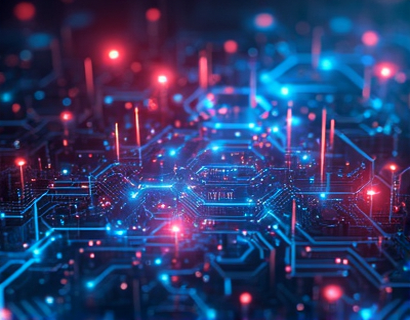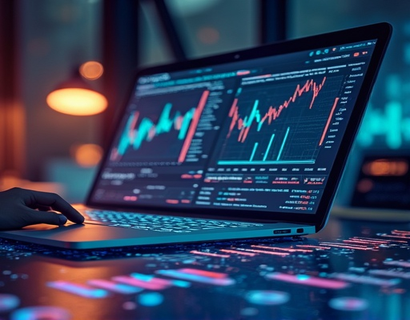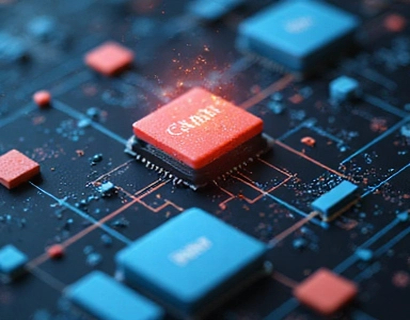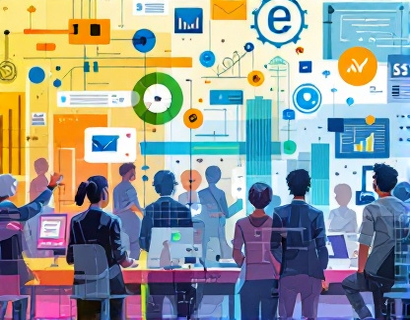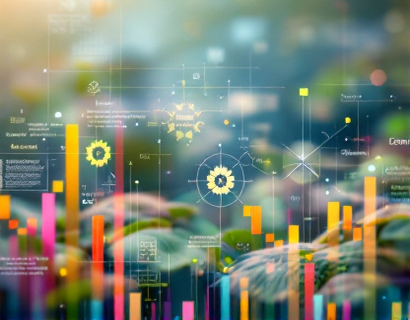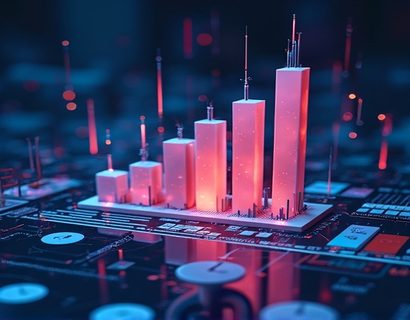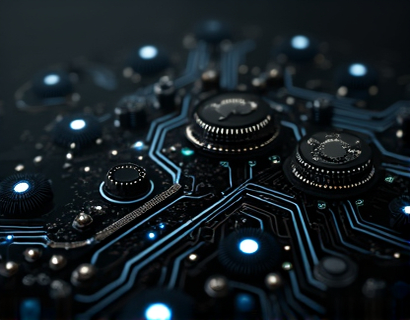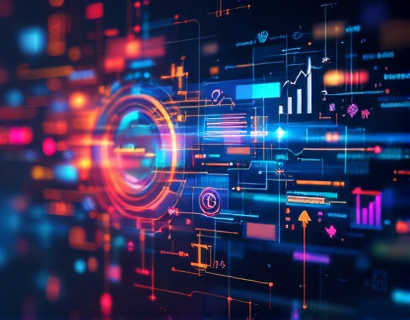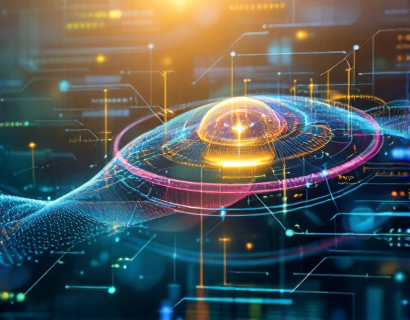Transforming Industries with Advanced Tech: The Convergence of Crypto and AI
The integration of cryptocurrency and artificial intelligence is ushering in a new era of technological advancements, fundamentally altering how we interact with digital systems and experiences. This convergence is not just a novel concept but a transformative force that is redefining industries across the board. From finance and healthcare to entertainment and beyond, the synergy between blockchain technology and AI is creating enhanced digital experiences that were once the stuff of science fiction.
At the heart of this transformation is the unique capability of AI to process and analyze vast amounts of data at unprecedented speeds, combined with the secure and decentralized nature of blockchain. This powerful duo is enabling the development of applications that are more intelligent, secure, and user-centric. For tech enthusiasts and early adopters, understanding the potential of crypto and AI is crucial for navigating the future of digital innovation.
Enhanced Security through Blockchain and AI
One of the most significant benefits of combining cryptocurrency and AI is the enhancement of security measures. Traditional systems often rely on centralized databases, making them vulnerable to hacking and data breaches. Blockchain technology, with its decentralized and immutable ledger, provides a robust framework for securing data. AI further fortifies this security by detecting and mitigating threats in real-time.
Machine learning algorithms can analyze patterns and anomalies within blockchain networks, identifying potential security breaches before they occur. This proactive approach to security is particularly vital in industries handling sensitive information, such as healthcare and finance. For instance, AI-driven systems can monitor transactions for suspicious activities, ensuring that only legitimate operations are processed on the blockchain.
Optimized User Experiences
The integration of AI in crypto-driven applications is revolutionizing user experiences by making them more intuitive and personalized. AI algorithms can analyze user behavior and preferences, tailoring the interface and functionalities to individual needs. This level of customization not only enhances user satisfaction but also increases engagement and loyalty.
In the realm of digital wallets, for example, AI can predict user needs and offer suggestions based on past transactions and behavior. Smart contracts, powered by AI, can automate complex processes, reducing the need for intermediaries and streamlining operations. This not only speeds up transactions but also reduces costs and errors.
Innovations in Finance
The financial sector is one of the most impacted by the convergence of crypto and AI. Traditional banking systems are being transformed by blockchain-based platforms that offer faster, cheaper, and more secure transactions. AI algorithms are used to assess creditworthiness, detect fraud, and manage risk with greater accuracy.
Decentralized finance (DeFi) is a prime example of this synergy. DeFi platforms leverage blockchain to create financial services such as lending, borrowing, and trading without traditional financial intermediaries. AI enhances these platforms by providing predictive analytics and automated trading strategies, making financial services more accessible and efficient.
Healthcare Revolution
In healthcare, the combination of cryptocurrency and AI is paving the way for more efficient and secure management of medical data. Blockchain ensures that patient records are tamper-proof and easily shareable among authorized parties, improving the coordination of care. AI algorithms can analyze vast datasets to identify patterns and predict outcomes, aiding in diagnosis and treatment planning.
Telemedicine platforms powered by crypto and AI are also gaining traction. These platforms use blockchain to secure patient data and AI to provide virtual consultations and personalized health recommendations. The use of cryptocurrencies in these platforms can facilitate seamless and secure transactions for healthcare services, prescriptions, and payments.
Transforming Entertainment and Media
The entertainment and media industries are witnessing a significant shift thanks to the integration of crypto and AI. Blockchain technology is enabling new models of content creation and distribution, allowing creators to monetize their work directly without intermediaries. AI-driven recommendation systems enhance user experiences by suggesting content based on individual preferences and viewing history.
NFTs (Non-Fungible Tokens) are another exciting development, allowing artists and creators to sell unique digital assets with provenance and ownership verified on the blockchain. AI can further enhance this by generating unique digital art and music, opening new avenues for creativity and monetization.
Supply Chain Optimization
Supply chain management is another area where the combination of crypto and AI is making a substantial impact. Blockchain provides transparency and traceability, ensuring that products are authentic and ethically sourced. AI algorithms can optimize logistics and inventory management, reducing costs and improving efficiency.
Smart contracts on the blockchain can automate payments and ensure compliance with contractual obligations, eliminating the need for manual interventions. This not only speeds up processes but also reduces the risk of errors and fraud. For businesses, this means more reliable supply chains and better customer satisfaction.
Education and Training
Education is being transformed by the convergence of crypto and AI through the creation of decentralized learning platforms. These platforms use blockchain to secure and verify educational credentials, making them tamper-proof and easily shareable. AI-powered tools can personalize learning experiences, adapting to the pace and style of each student.
Cryptocurrencies can facilitate micro-payments for educational content, allowing learners to access high-quality resources without financial barriers. AI-driven tutoring systems can provide real-time feedback and support, enhancing the learning process and outcomes.
Challenges and Considerations
While the potential of crypto and AI is immense, there are challenges that need to be addressed. Regulatory uncertainties and the lack of standardization are significant hurdles that can impede widespread adoption. Ensuring interoperability between different blockchain platforms and AI systems is crucial for seamless integration and user experience.
Moreover, the environmental impact of blockchain, particularly proof-of-work systems, is a concern that needs to be mitigated. Transitioning to more sustainable consensus mechanisms, such as proof-of-stake, is essential for the long-term viability of these technologies.
Future Outlook
The future of crypto and AI is bright, with continuous advancements promising even more innovative applications. As technology evolves, we can expect to see more sophisticated AI models integrated into blockchain ecosystems, leading to smarter and more autonomous systems. The convergence of these technologies will continue to drive digital transformation, creating new opportunities and reshaping industries in ways we are only beginning to imagine.
For those eager to explore this exciting frontier, staying informed about the latest developments in both crypto and AI is key. Engaging with communities, following industry leaders, and experimenting with emerging tools will equip enthusiasts and professionals alike to harness the full potential of this transformative combination.





